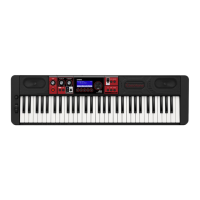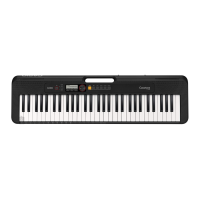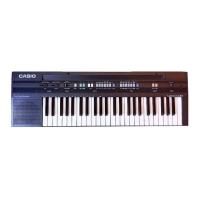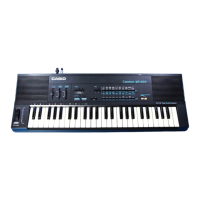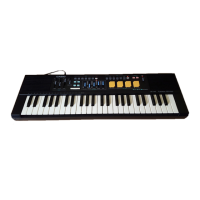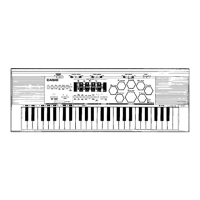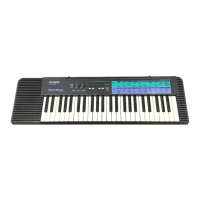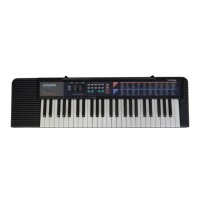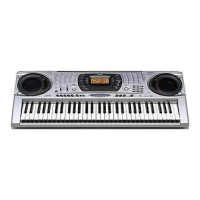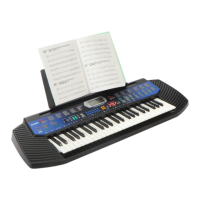How to turn on Casio Electronic Keyboard if power does not turn on?
- SScott JenkinsAug 19, 2025
If your Casio Electronic Keyboard isn't turning on, please check the AC adaptor and ensure the batteries are correctly installed. Refer to page EN-8 for a visual guide. If using batteries, try replacing them with new ones. Alternatively, you can use the AC adaptor for power.
